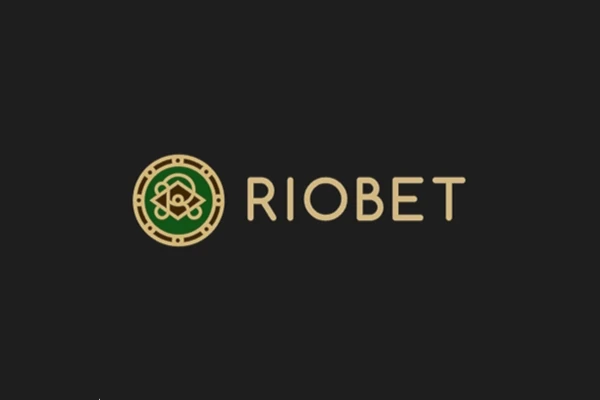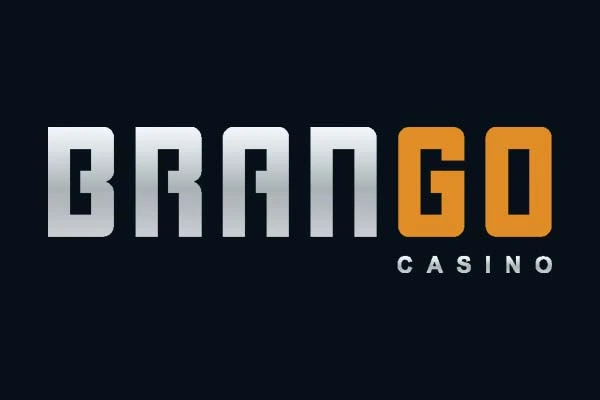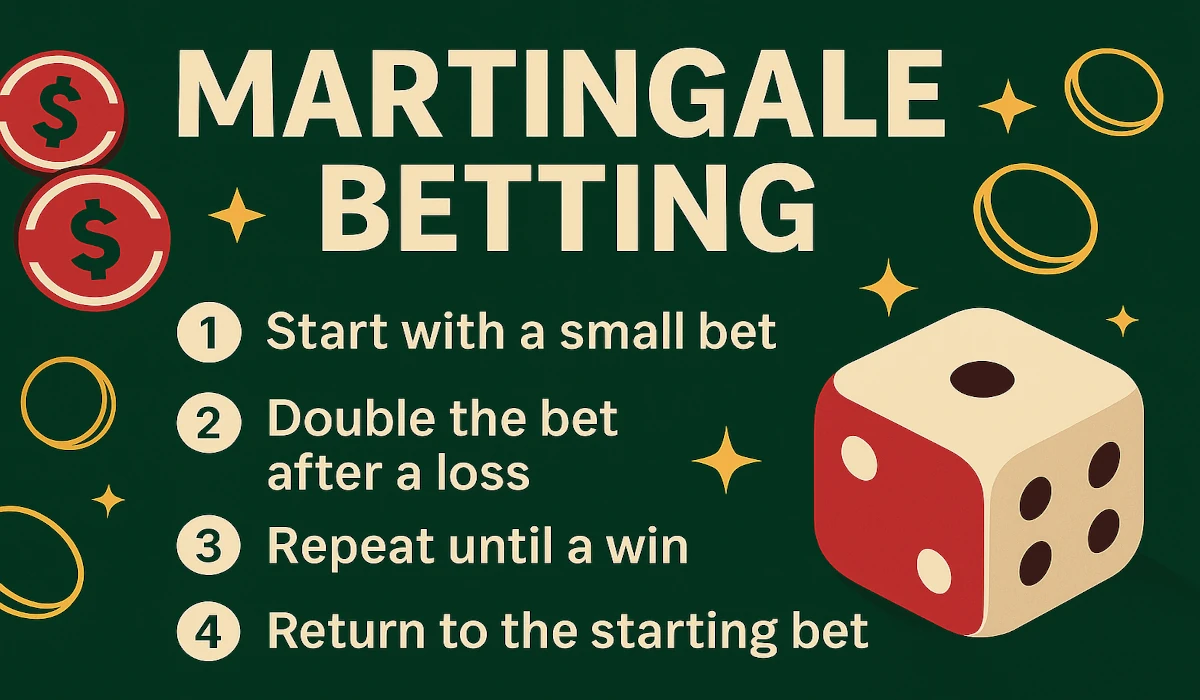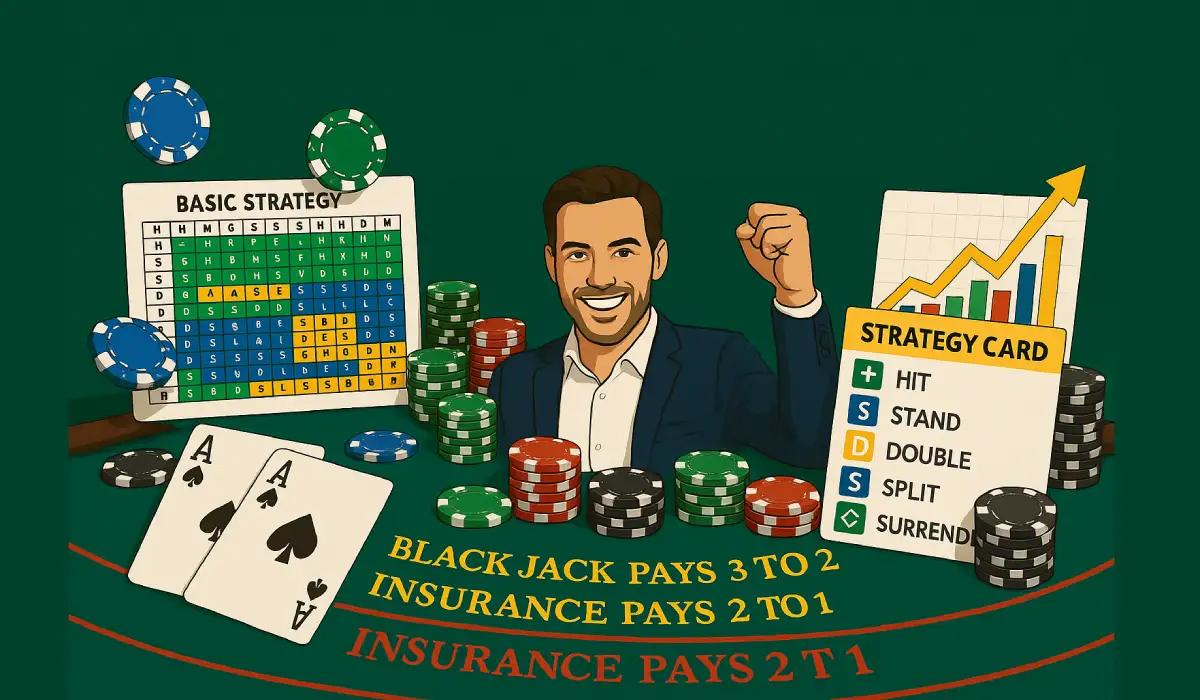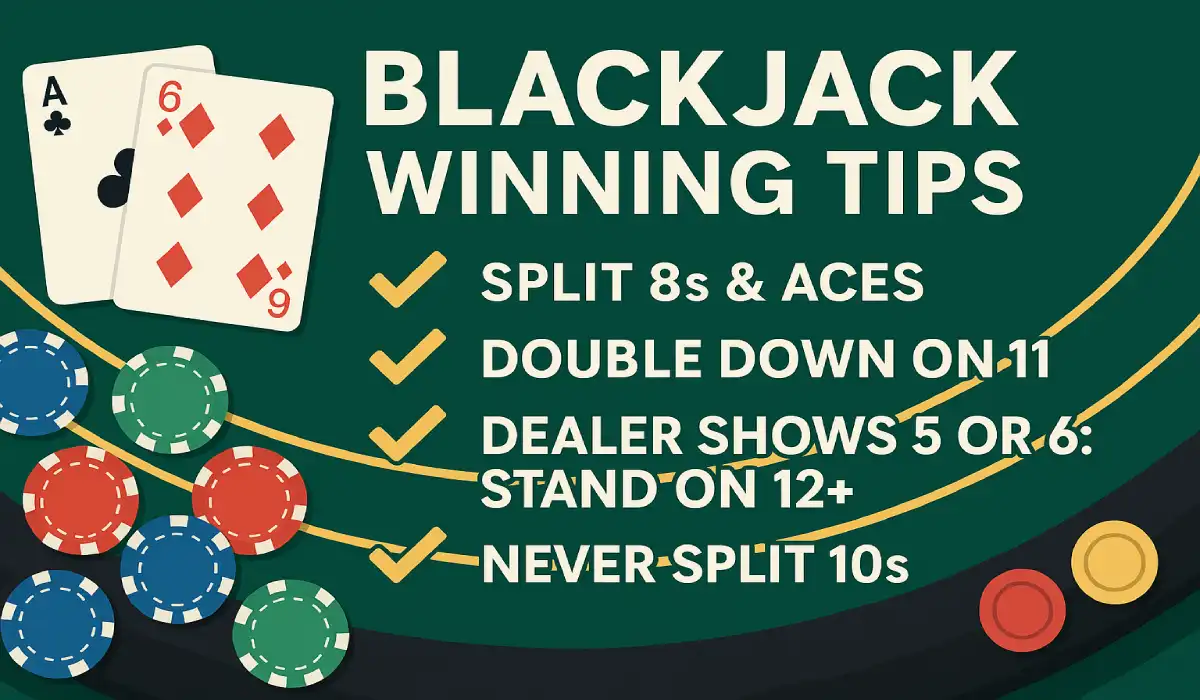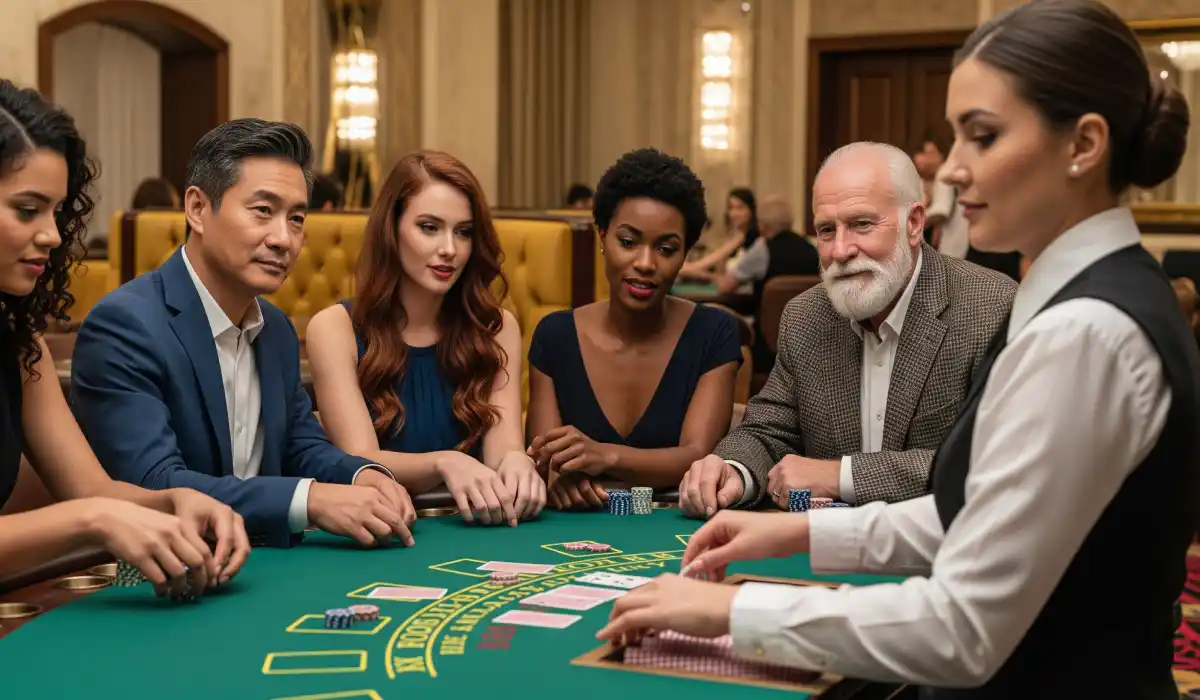
06 Jun 2025
Essential Blackjack Terms & Terminologies: Your Ultimate Guide
🗝️ Key Takeaways
- Familiarizing yourself with essential blackjack terms such as action, hand, and dealer helps inform your play. It allows you to understand the game’s overall picture with more clarity and confidence.
- Understanding gameplay concepts such as house edge, bankroll management, and basic strategy improves gameplay and overall decision-making. That expertise fosters smarter, more tactical play in all table environments.
- Recognizing the differences between soft, hard, pat, and stiff hands is essential for evaluating hand strength and determining the optimal move in each scenario.
- Knowledge of advanced slang and betting tactics empowers players to engage with both traditional and modern forms of blackjack, including online variants, ensuring adaptability in diverse gaming environments.
- The past and developing lexicon surrounding blackjack greatly influences how players interact and perceive the game. It certainly shows the need to be in touch with many old and new blackjack terms.
- Using these terms in practice increases understanding and efficiency at the table. It encourages a greater understanding of game mechanics and clears up misconceptions that can affect how well players are able to perform.
Blackjack terms are the jargon and vocabulary of blackjack used to illustrate the game progression, wager, and player actions. Each term has a linguistic ripple effect.
Understanding these terms allows blackjack players to understand better and interpret the game table, communicate with others, and understand the game’s mechanics. Some of the most popular terms include “hit,” “stand,” “double down,” and “split.
These are all the basic fundamentals, so in order to understand them, mastering these terms is essential. The following section goes through each term with brief definitions.
💡 What Are Core Blackjack Terms?
By knowing the core blackjack terms, you will be able to play the game more intelligently and recognize what’s going on at the blackjack table. These terms are the foundation of all everyday and professional play, commonly referred to as blackjack lingo.
How you develop your strategy and use that knowledge to read the cards will impact what you do next.
1. Action: Starting the Game
The term “action” in blackjack refers to making a wager and entering a round of play. It’s the preliminary step before any cards are ever dealt.
Once you place your chips on the felt, the dealer deals out cards, and the action begins. In many casinos, chips are counted in metric denominations.
Action is not just about your wager. This includes playing in every hand, even if you’re at a full table or playing on your own.
2. Hand: Your Cards Unveiled
A “hand” is a fancy way of saying what cards you have. This is the first time you’re seeing your cards—two cards dealt face up to you.
When these two cards add up to 21—such as an Ace with a King, Queen, Jack, or 10—you’ve got a natural. This is known as a natural blackjack too!
A “hard hand” refers to a situation where your cards do not contain an Ace or the Ace has to be counted as 1. A “soft hand” means you have an Ace valued at 11.
This opens up a wider range of table games for you to play!
3. Decisions: Your Key Moves
After laying your cards on the table, decisions count.
“Stand” is when you hold onto your cards and stop playing your turn.
“Hit” is the term used when you request an additional card. If the total of your cards exceeds 21, you have “busted” and lose the round.
Surrender allows you to give up on your hand early and lose just half your wager - this is a rare but beneficial option.
4. Dealer: The House's Hand
The dealer plays last. The casino rules dictate when the dealer must hit and when the dealer must stand.
When the dealer shows an Ace as their visible card, and you have blackjack, you have the option to take 'even money,' receiving a 1:1 payout immediately instead of risking a tie.
5. Outcomes: Win, Lose, Draw
In the blackjack game, the round concludes with three possible outcomes: win, lose, or draw (push), as your hand value is compared against the dealer’s for the highest total at or under 21.
🎮 Key Gameplay Ideas Explained
Blackjack’s ease of rules and beautiful balance of skill and luck make it a unique gambling game. The aim is clear: hold a hand closer to 21 than the dealer, but never over.
Each card is worth a predetermined value. In blackjack, cards ranging from 2 up to 10 are valued precisely as their numbers indicate.
Note that face cards—Jack, Queen, King—each count as 10. Not to mention the Ace, which is awesome, worth 1 or 11 – whatever’s most helpful. Every player is dealt two cards, both dealt face up. The dealer shows one face up and one face down.
🎰 House Edge: Casino's Advantage
The house edge is one of the most fundamental ideas to understand. It’s the little but persistent edge the casino has over the casino player. In blackjack, the house edge is typically 0.5%-2%.
This figure varies depending on the rules at the table and the actions taken by the player. For instance, when you play with the casino’s basic strategy, the house edge is diminished. If you play by gut instinct, it increases.
House edge does not imply that players can’t win. It just means that the casino will make a small profit on average over thousands of hands.
💵 Bankroll: Smart Money Habits
Bankroll refers to the amount of money you have available to play with. Smart habits here can help prevent losses from piling up and play from becoming a drag. Players who are good at budgeting often establish a cap upfront.
They also choose a bet size appropriate to their bankroll, usually betting 1–5% of their bankroll per hand. These habits keep players in the game longer and out of dangerous bets. It’s also where smart player bets begin—with a clear plan.
♠️ Basic Strategy: Play Smarter
A basic strategy is a series of rules that you’ll form from the math and real data. It informs players when to take a hit, stand, split, or double down. For example, you have a total of 16, and the dealer is showing a 10.
If you’re dealt a pair of 8s, most blackjack charts tell you to split. The blackjack rule here aims to reduce the house edge by choosing the optimal move.
🎲 Table Spot: Does It Matter?
Most pros will tell you that the table spot doesn’t have much influence on your odds of winning. The seat to the dealer’s right, known as “third base,” plays last and can be more active.
Ultimately, though, the cards and decisions are what count.
🃏 Understanding Hand Strengths
When playing blackjack, understanding how to read hand strengths dramatically influences every decision made at the table. Each hand type possesses unique risks and plays.
This section will go over the fundamental hand types and how they function. Understanding them is essential, as it allows you to identify better opportunities and avoid expensive errors.
🔥 Soft Hand: Flexible Ace
With a soft hand, one of your Aces can count as 11 instead of 1, keeping the total flexible. For instance, Ace-7 is a soft 18. Here, if you draw a high card, the Ace changes to 1, meaning you cannot bust immediately.
With soft hands, the winning is bound to continue. For example, you would want to double down with a soft 17 or soft 18 if the dealer’s showing a weak up-card such as a 4, 5, or 6.
This allows you to squeeze value from your bluffing range as the Ace shields your negative draws.
⛓️ Hard Hand: Fixed Total
A hard hand is one that does not contain an Ace or an Ace that only counts as 1. For example, the hands include 10-7 or A-6-10, both of which are hard 17.
These hands provide little space to play, so each draw risks busting you above 21.
When the dealer’s upcard is weak, it’s absolutely logical to double down on hard hands of 9, 10, or 11. Make use of that opportunity-fit!
It’s difficult to play hands such as 13, 14, or 15. They wobble on a precipice—too far down to balance but too far up to strike without fear of a bust.
🛡️ Pat Hand: Standing Strong
A pat hand has literally any total between 17 and 21. These hands usually play best by standing, particularly when the dealer’s upcard is poor. For example, it is correct to stand on 18 versus a dealer’s 6.
Pat hands don’t want additional cards, so staying where you are and waiting for the dealer to bust is your best bet.
⚠️ Stiff Hand: Risky Business
The totals from 12 to 16 stiff hands are dangerous business. These hands can leave you in a tough spot. If you’re dealt a 12 while the dealer has a 4, you’re typically going to want to stand pat.
If your 12 is actually a 10 and a 2 in a one-deck game, hitting is the smarter play. A 12 against a 10 decreases your chances because it reduces the chance that the dealer will bust.
A lot of players find themselves lured into splitting 10s. You’ll find it’s seldom the correct play because you’ll almost always have a good hand to hold when you have a pair of tens.
🧠 Advanced Blackjack Slang
If you want to be a serious blackjack player, picking up some advanced blackjack lingo will enhance your casino play and overall understanding of the game. These terms are utilized by seasoned players and industry insiders, and through their blackjack strategy, skill, and teamwork, they create each hand in countless unique ways.
🎯 Special Bets: Beyond Standard
Special Bets: More than just hit or stand, “Surrender” gives you the option to drop your hand and collect half your bet back, but it’s not available at all casinos. Players employ “spooking” and “hole-carding” to identify the dealer’s down card, usually in concert with a team.
"First-basing” refers to viewing a dealer’s hole card from the seat closest to the shoe — an advanced player’s technique that requires quick reflexes and sharper vision. Understanding these plays allows you to identify rare yet powerful opportunities to change the game momentum in your favor.
🎥 Dealing Procedures: Behind Scenes
The dealer’s dealing procedures make or break the game flow. Shuffle tracking is when a player tracks groups of cards through shuffles, trying to follow them into the next round.
This ability, frequently used interchangeably with card counting, requires extreme memory and concentration. An accurate count helps players adjust their betting based on how many decks are left, making each decision smarter and more precise.
🎲 Betting Tactics: Spread & Style
Advanced players employ Wonging, or table-hopping, to get into games only when the odds are in their favor. This approach minimizes losses and maximizes profits.
Betting spreads—changing bet sizes as the count increases—introduce a whole new level of skill and strategy. Both of these tactics are heavily dependent on precise math and rapid changes in style.
🔄 Game Twists: Variant Terms
Variants: Blackjack and card games have developed many different variants and twists. Each game variant has its own specific set of jargon and rules, so familiarizing yourself with them allows you to adjust quickly.
This vibrant argot prevents the game from going stale and challenges players to continue to advance.
⏳ Blackjack Words: Then & Now
Blackjack words have changed since the game started, showing how both the rules and the people who play have shifted over time. In this section, we dig into the etymology and history behind these words.
It looks at how they shape the experience of play, the creation of new lingo in virtual play, and the mix of player lingo at the table.
These terms/phrases equip blackjack neophytes and veterans alike with the ability to talk about the game — confidently and competently. No, it doesn’t even matter what their home field is…
📜 Term Origins: A Quick History
Blackjack’s history: Blackjack is developed from the European game of vingt-et-un, or twenty-one, in the 1700s. The novel game quickly found its way to the U.S. It got the name “blackjack” only after adopting a rule that paid shockingly high dividends for a blackjack and an ace.
As Blackjack crossed oceans, the game continued to change and develop. The terminology behind the game—such as “hit,” “stand,” “split,” “double down,” and “surrender”—illustrates that metamorphosis.
Surrender was added at a much later date. It lets a player to surrender half their wager if the odds seem unfavorable!
🗣️ Language's Impact on Play
The language of Blackjack frames the conversation. They influence how players engage and communicate around the table. Basic strategy” is a math and computer simulation-based method to provide players with the best moves available.
It’s written in plain language so that everyone can follow along, hand by hand. Card counting” is yet another case, employing predetermined lexicon and jargon to enable players to keep track of cards and increase their chances.
🌐 Online Blackjack: New Phrases
With online blackjack games, new phrases have emerged, such as 'live dealer' and 'random number generator (RNG).' This popular casino table game continues to rely on traditional blackjack lingo while introducing new vocabulary to discuss wagers and regulations.
💬 Table Talk: Player Jargon
At the physical table, players may speak in traditional terms, but they have their own distinct proprietary slang. First-basing” is when a player goes to check the dealer’s hole card.
Other words, such as “stand 17,” reveal regulatory alterations that drastically change the game’s odds. A detailed glossary allows players to
stay in the game.
💡 Why Knowing Terms Helps You
Comprehending blackjack terminology involves more than merely acquiring knowledge of the game’s rules. An informed understanding of the game helps you recognize the patterns. With these strategies and the ability to react to changes at the table, you’ll be better equipped to win!
This understanding is key for every player who wants to step onto the field with a clear conscience. It allows you to play clever plays and maximize value from each round!
🚀 Play with More Confidence

Whether it’s knowing what “hit,” “stand,” or “split” means, the more you know, the more confidently you can move forward. Learning to understand terminology such as “DAS” (Double After Split) and “NDAS” (No Double After Split) helps build confidence.
These terms just as succinctly outline what you can do after you divide pairs. Players who know the game are willing to learn “basic strategy” and quickly become familiar with charts that outline the mathematically best move for every hand.
This reduces the house edge and provides you with a tangible advantage, and more importantly, a significant one in games where the minutiae make all the difference.
📈 Make Wiser Game Choices
Knowing the meaning of “H17” (dealer hits soft 17) or “S17” (dealer stands on soft 17) allows you to pick games with better odds. When you see jargon such as “shuffle tracking” or “card counting,” speak up!
Try out new approaches to the game and see what style suits you best. Knowing the term “recommended blackjack bankroll” can help you control how quickly you’re betting and prevent you from losing too much.
⚡ Grasp Game Flow Better
Grasping game flow better is crucial. Knowing the right terms will help you get and stay ahead of the game. You can pay attention to the dealer, see when some inadvertently alter the rules and adapt your strategy.
If you know that it’s possible to be “backed off” or “86’d,” you’ll be ready. That way, you can be prepared to counter any casino’s suspicions that you’re a professional.
💥 Bust Common Term Myths
Others believe that terms such as "card counting" in the blackjack game are an indication of cheating, but it is simply tracking cards to improve your winning rate.
🔒 Conclusion
To play blackjack like a pro, learn the lingo. Words like "hit," "stand," "double down," and "split" dictate each and every hand. Those basics lay the groundwork, but slang and archaic words add some serious life to the game.
Pick up on how folks are talking at the table, and you identify landmines, read plays, and operate with a high degree of finesse. A critical ear hears what others cannot hear.
Suddenly, every match is completely unpredictable. Whether you're trying to win outright or merely get in the door, speak their language.
Take a deep dive into the lingo, get in on the action, and apply what you learn the next time you hit the tables.
Frequently Asked Questions❓
What are the most common blackjack terms for beginners?
Common blackjack lingo includes terms like "hit" (ask for another card), "stand" (keep your current hand), "bust" (hand over 21), and "dealer" (person dealing the cards), which are essential for successful casino play.
What does "double down" mean in blackjack?
When you "double down" in a blackjack game, double your original wager after you get your initial two cards and draw one more card. If you use a correct blackjack strategy, this can amplify your winnings significantly.
How is "hand strength" determined in blackjack?
In blackjack, hand strength is calculated by totaling the values of your cards, with the goal being to approach 21 without exceeding it. A 'blackjack'—an ace paired with a 10-point card—is the best hand possible in this popular casino table game.
What is the difference between "soft" and "hard" hands?
A "soft" hand in blackjack games incorporates an ace valued at 11, like an ace and 6 (total 17). Conversely, a "hard" hand has an ace counted as 1 or no ace, which lowers the risk of busting in this casino table game.
Are there advanced slang terms used in blackjack?
In short, advanced players might refer to a blackjack game as a snapper. They further describe a weak hand, such as 12-16, as a 'stiff' and face cards as 'paint.' Mastering this blackjack lingo will enhance your understanding of the game and improve your casino play.
Why is it important to know blackjack terms?
Understanding the basic blackjack lingo is crucial for making informed playing decisions and enhancing your blackjack strategy. This knowledge can significantly improve your win rate and help you avoid costly mistakes while engaging in this popular casino table game.
How have blackjack terms changed over time?
Other terms, such as "twenty-one," have been supplanted by new terms, like "blackjack game." While modern slang, including blackjack lingo, is constantly changing with player communities and casino trends, some terms must remain consistent to ensure understanding across the globe.
